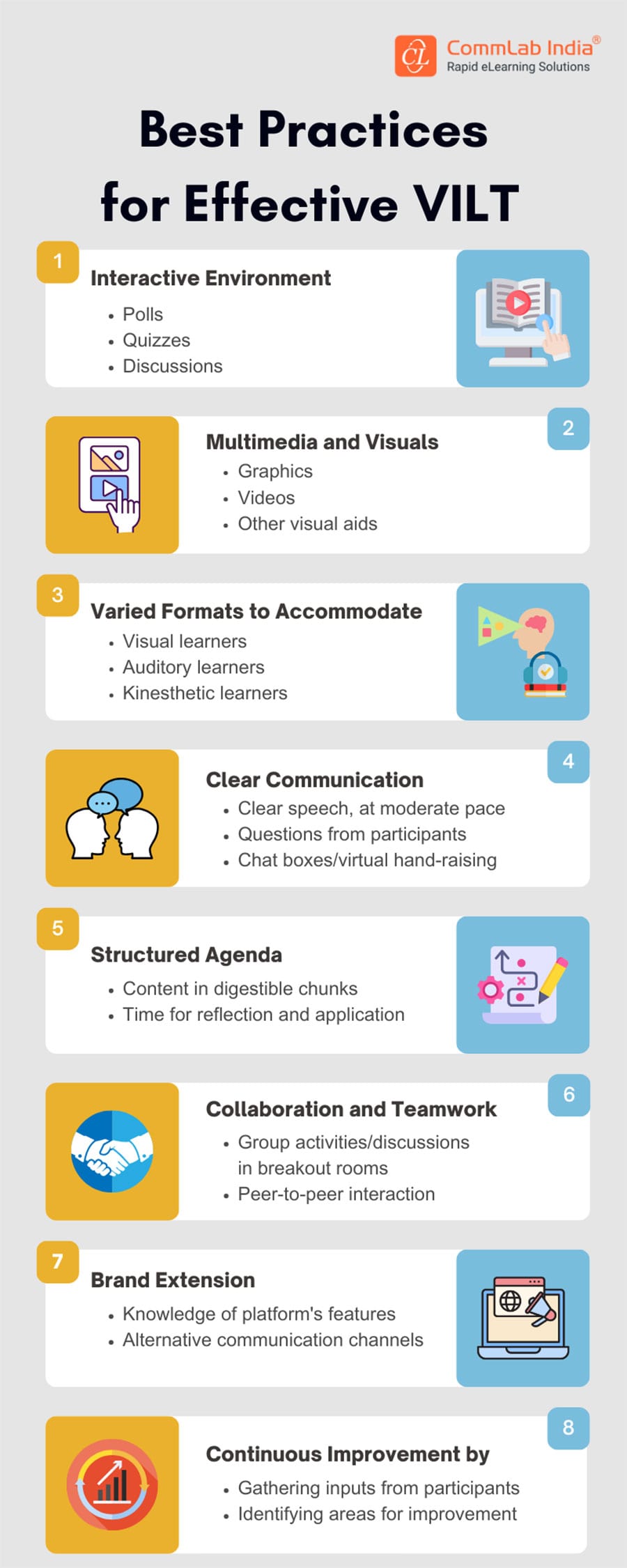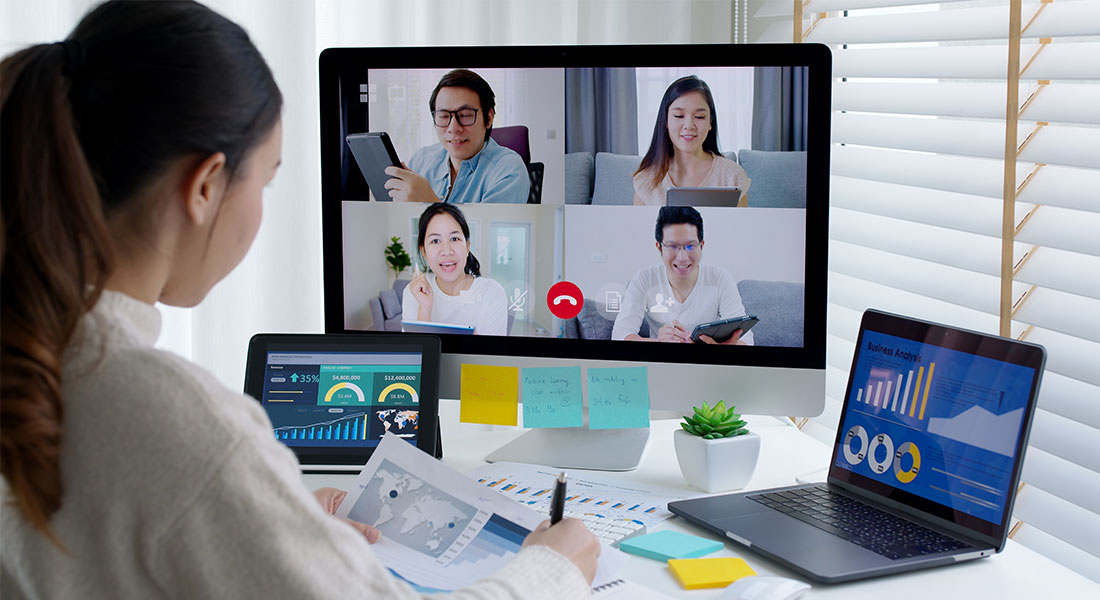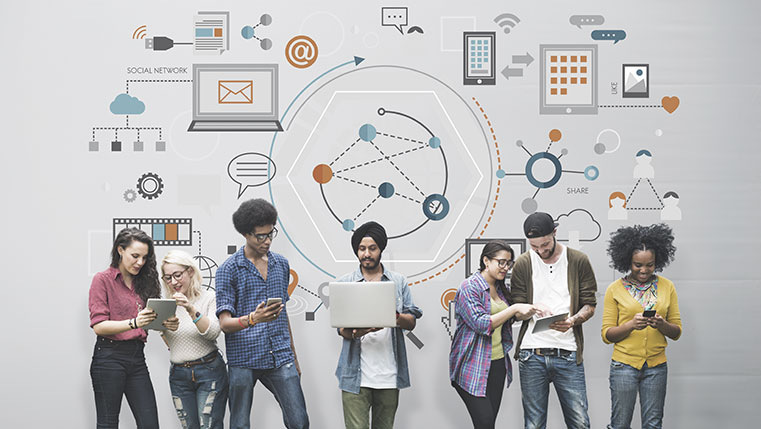How to Optimize VILT Sessions? Explore Best Practices [Infographic]
![How to Optimize VILT Sessions? Explore Best Practices [Infographic] How to Optimize VILT Sessions? Explore Best Practices [Infographic]](https://blog.commlabindia.com/hubfs/blogs/vilt-designing-best-practices-info.jpg)
Have you noticed how Virtual Instructor-Led Training (VILT) is gaining major traction in the world of corporate training? It's becoming quite the talk of the town, and for good reason!
Cost-effective, highly effective, and scalable training sessions that bring the classroom experience right to your screen. It's no wonder why businesses are jumping on the VILT bandwagon. With a growing emphasis on upskilling employees and keeping them engaged through regular corporate training, VILT has emerged as the go-to choice for many. And you know what's even cooler? It's not just about hopping on a Zoom call every now and then. More and more companies are realizing the potential of online training and development programs to foster continuous learning. Sounds like a win-win, doesn't it?
Let’s explore more!
What is VILT?
Virtual Instructor-Led Training (VILT), is a method of delivering training sessions through simulated or virtual environments, often spanning different geographical locations and time zones. Utilizing a range of video conferencing tools, VILT aims to replicate the experience of a traditional classroom within a digital space, enhancing the effectiveness and flexibility of remote learning. By mirroring the dynamics of face-to-face instruction while accommodating remote accessibility, VILT offers a balanced approach that combines the convenience of online learning with the interactive engagement of live sessions.
→ Download Now: A Beginner's Guide to VILT [eBook]
What Ensures a Successful VILT Session — Factors to Consider
1. Content
Tailored content increases engagement and alignment with learning objectives.
Interactive elements like breakout rooms, polls, and quizzes enhance participant involvement.
Bite-sized modules improve retention and understanding in virtual environments.
2. Technology
Choosing a reliable virtual collaboration platform ensures seamless learning and interaction in VILT.
Adequate technical support is essential for troubleshooting connectivity issues.
Integration with other tools streamlines the training process and enhances efficiency.
3. Delivery
Engagement techniques like ice-breakers, storytelling, and real-world examples capture interest.
Effective facilitation skills are crucial for managing virtual classrooms.
Adaptability to participants' feedback and preferences ensures learning success in a virtual environment.
How Can You Optimize VILT Sessions?
Wrapping it up!
Incorporating these best practices into your VILT sessions can truly transform the learning journey, bridging the gap between physical and virtual classrooms. By optimizing your approach to design, engagement, and technology, you're not just delivering content – you're creating immersive experiences that captivate learners and foster deeper understanding.
To further your journey in mastering VILT, delve into the art and science of replicating the real classroom virtually through our eBook. It's your guide to unlocking the full potential of VILT by crafting engaging training experiences that resonate with learners.







